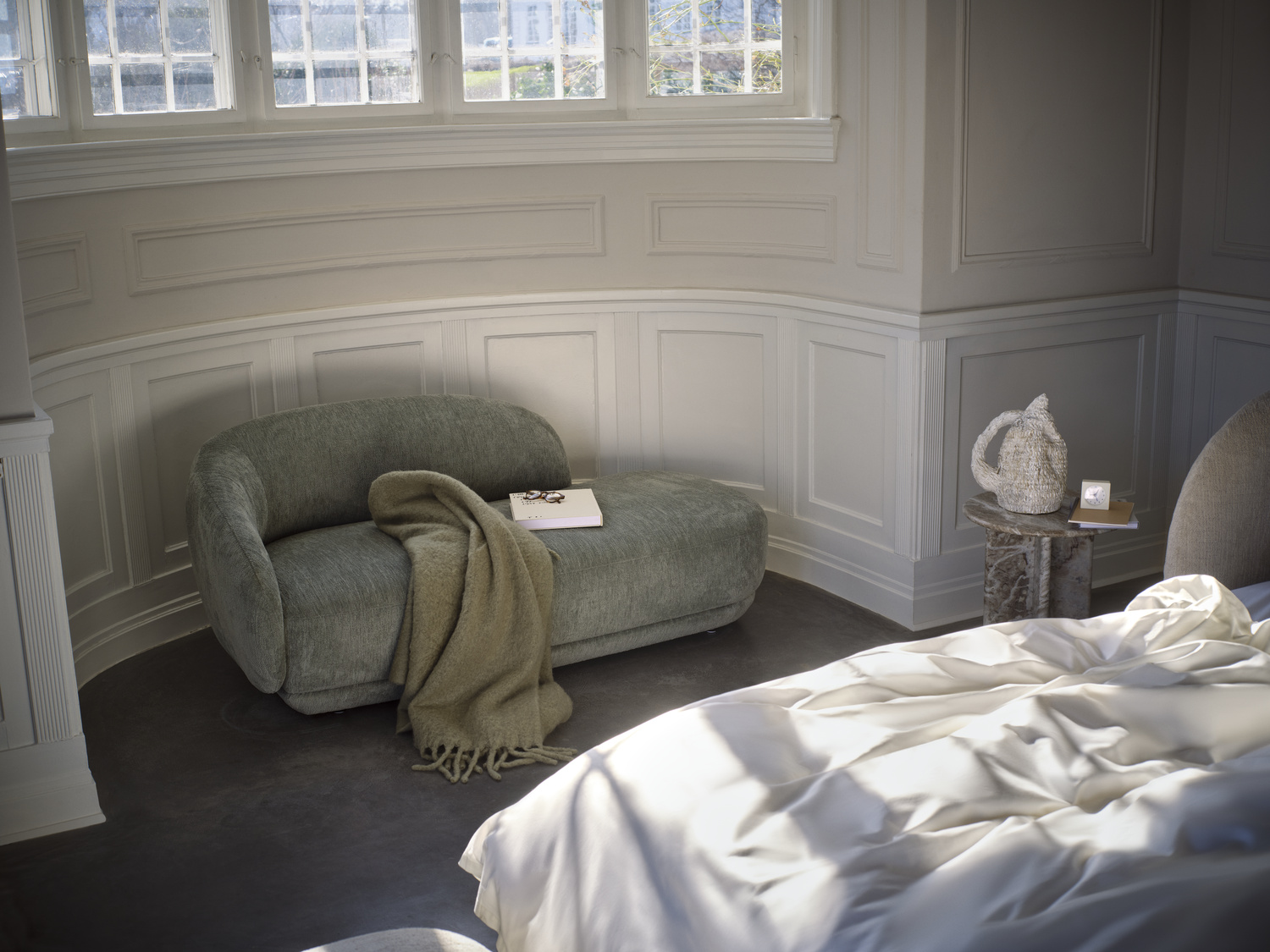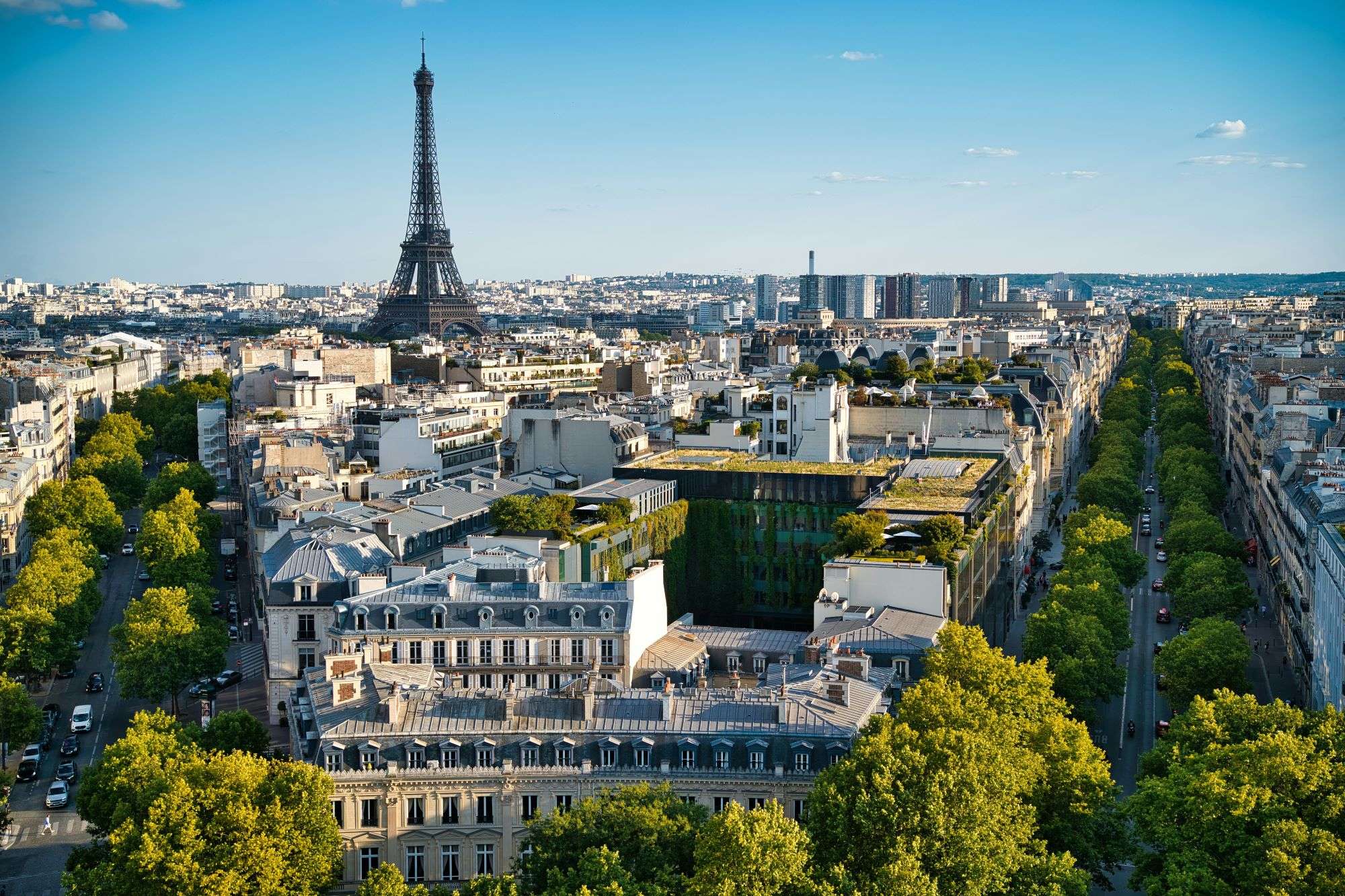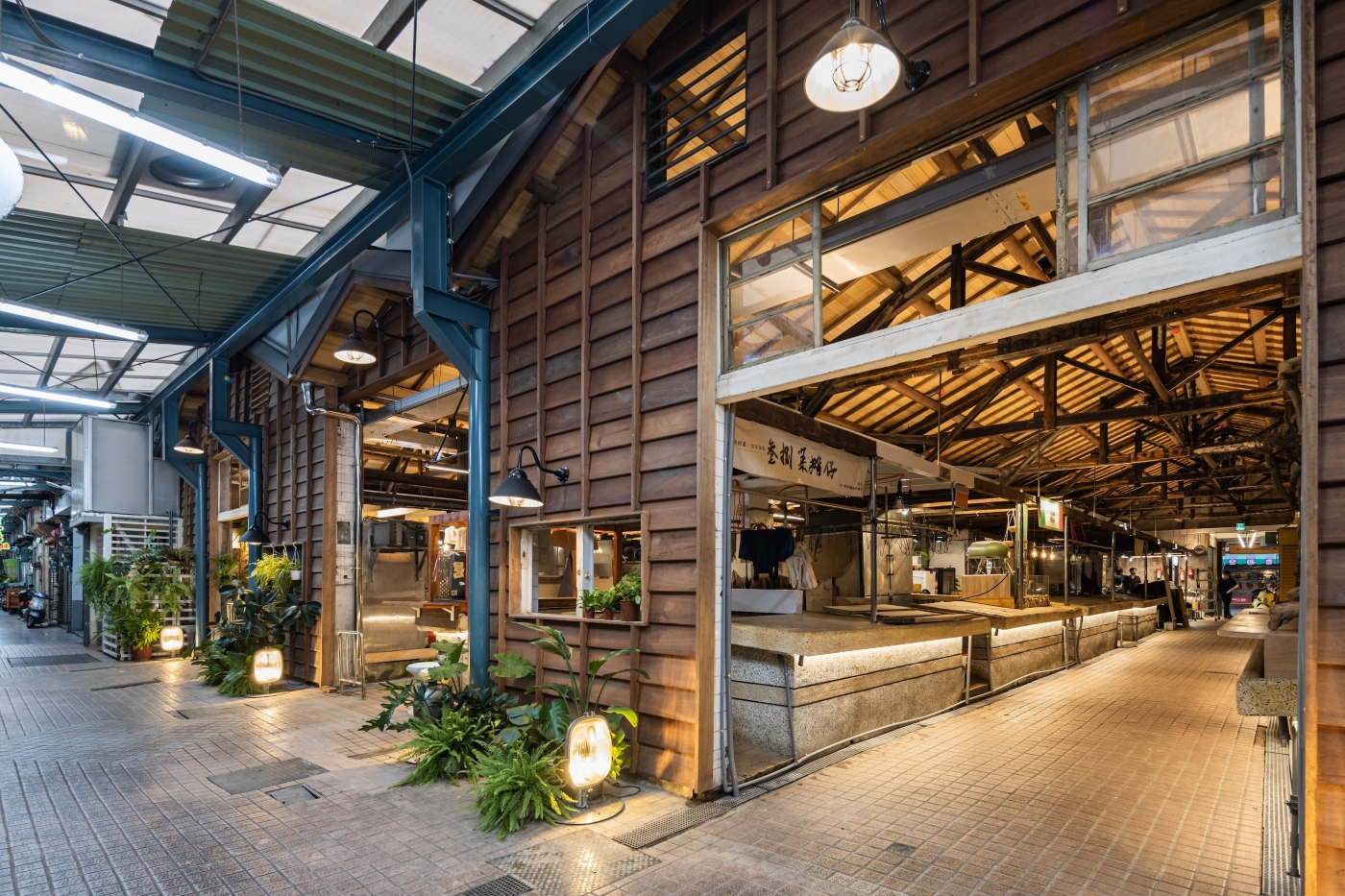The Olympics are known for three big things: great sport, big budget, and shiny new structures. However, this year’s Olympics, held in Paris, France, were set to change this up a bit. Reutilization and reflection were concepts applied to pretty much every aspect of the event, but what does this mean?
Well, the committee’s strategy can be said to have been based on three key principles: organising the Games with fewer resources, making better use of these resources by promoting eco-design and ensuring the second life of resources after the Games. In the end, we can see that 95% of the Games’ venues are already existing structures, showing how important preservation, both ecological and historical, is in current times—or should be.
With the Games almost here, D5 decided to take a close look into three venues that show how existing structures are as good as new—new isn’t always better, as some might think. On the other hand, the Olympic Village has also been turning some heads, presenting itself as the “village of the future.” After diving into each, the next step is only one: watch the Games. Was this strategy worth it? Should it be replicated in future Games?
Stade de France
Located in Saint-Denis, the Stade de France is the largest stadium in the country and will take on a central role in this year’s Olympics, as it is used to do. Here, we’ll be able to be constantly impressed by the best athletes of our time, as the stadium will be hosting athletics, rugby, and the closing ceremonies for both the Olympics and the Paralympics. Originally built for the 1998 FIFA World Cup, this stadium has always been the chosen one when it comes to hosting significant sporting events, including multiple Rugby World Cups and UEFA Champions League finals.
The stadium was designed by Michel Macary, Aymeric Zublena, Michel Regembal, and Claude Costantini, who crafted an elliptical shape by manipulating both concrete and steel. Complementing the shape of the stadium, the roof is supported by a network of tensile cables that help create the illusion of floating. Inside, the integration of natural light further abides by the Olympics’ goal of being as sustainable as possible since it greatly reduces the need for artificial lighting.
Stade Roland-Garros
Any tennis fan knows this stadium inside and out, as it is the home of the French Open, which already came and went. Never tired, the Stade Roland-Garros will be hosting the tennis and boxing events of this year’s Olympics. This iconic venue has received the crème de la crème of tennis players since 1928, making it the perfect choice to host the champions of our current era. Beyond its sports legacy, Roland-Garros is also very well positioned in Paris, as it lays close to the iconic Eiffel Tower and the beautiful Bois de Boulogne.
The Philippe-Chatrier Court, the main stadium, is covered by a retractable roof made of a steel structure covered with translucent fabric, allowing natural light to gently come on through even when closed. Terracotta and natural stone dress the seating areas and the pathways, their beautiful orange colour complemented by the venue’s red clay courts. Around the venue, visitors and athletes alike will be able to enjoy lush gardens and green spaces, and when tired, one only needs to head back inside and dwell in the new hospitality areas designed with sleek lines and modern furniture.
Stade Vélodrome (Marseille Stadium)
The Stade Vélodrome in Marseille was chosen to host the Olympic football matches, were it not for the city’s rich football history. This stadium is no stranger to great international events, having hosted the FIFA World Cup in 1938 and 1998, the UEFA Euro in 1984 and 2016, and the Rugby World Cup in 2007 and 2023. It was recently modernised to enhance its sustainability, having started to utilise the heat recovered from a nearby wastewater treatment plant and a rainwater recycling system.
Designed by SCAU architects, the stadium has a unique-looking undulating roof made from ETFE plastic, which makes it resemble a modern giant while also allowing natural light to fill the inside area. Even the seating area’s colour palette seems to have meaning, as it is drenched in blue and white, reflecting the Mediterranean Sea. What’s more, the stadium can be found right next to the Mediterranean coast, surrounded by landmarks like the Old Port and Château d’If, making it the most scenic location for the Paris Olympics.
Olympic Village
The Olympic Village had to be mentioned in this article, even if it isn’t located on a previously existing structure, as, after the Games, it will be transformed into a residential area—that’s more than 3,500 new homes. For its development, the committee decided to go all-eco.
All buildings shorter than 28 metres will be constructed using structural timber sourced from eco-managed forests, a decision that not only supports sustainable building practices but also aligns with Paris’s environmental goals. The village will also be using solar panels and other renewable energy sources to reduce its carbon footprint, something that will be maintained after this year’s Olympics come to an end.
The Village will accommodate 14,250 athletes during the Olympic Games and 8,000 during the Paralympic Games, which means it will be serving up to 60,000 meals every day and also providing a medical clinic. After the event, the village will give place to a student residence, a hotel, a three-hectare landscaped park, seven hectares of gardens and parks, 120,000 square metres of offices and city services, and 3,200 square metres of neighbourhood shops. Reflection seems to have been the word of the day during the organisation of the Games, and this village shows this. In a way, this village is designed to reflect the urban spaces we hope to have in 2050.









